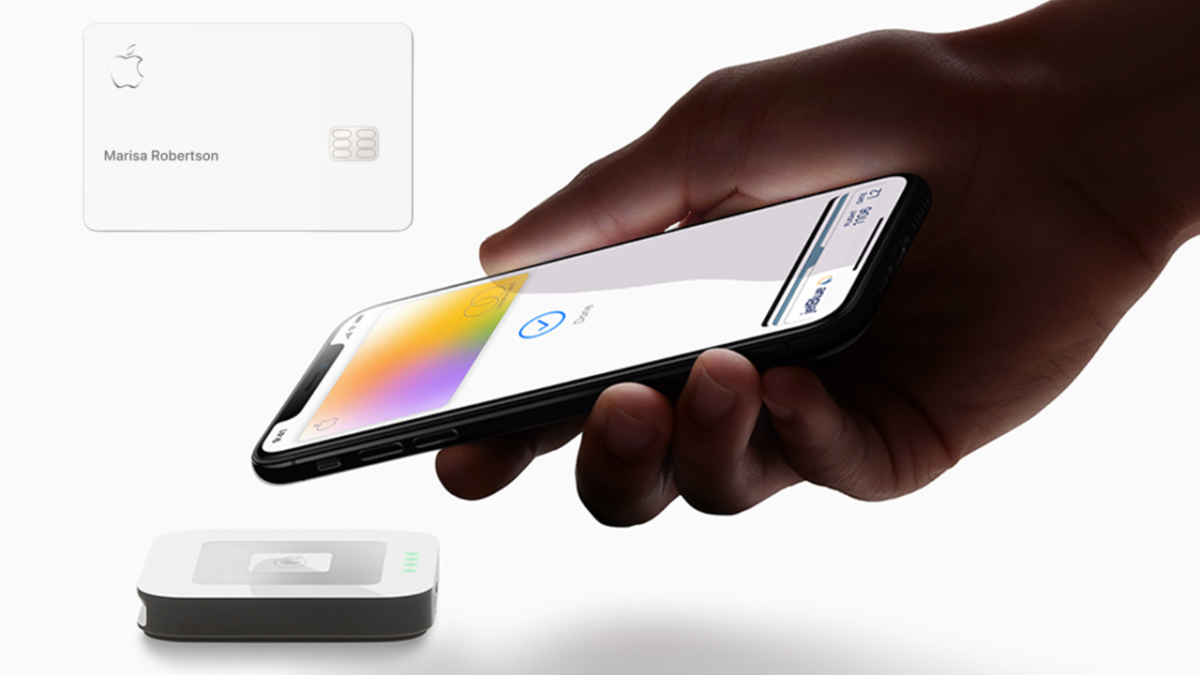Apple Card: A Comprehensive Guide to Apple’s Digital Credit Card
Table of Contents
Introduction
Apple has transformed digital payments with its innovative Apple Card, designed for iPhone users who value convenience, security, and rewards. Launched in partnership with Goldman Sachs, this digital credit card offers a seamless experience with Apple Pay, built-in financial tracking, and daily cashback rewards. But is it the right choice for you? In this guide, we’ll explore its features, benefits, and how it compares to traditional credit cards.
What Is Apple Card?

Apple Card is a credit card integrated into the Apple ecosystem, allowing users to make purchases via Apple Pay both online and in-store. It comes with a physical titanium card, but its real power lies in its digital-first approach. Unlike traditional credit cards, Apple Card offers:
- No annual fees
- No late fees
- No foreign transaction fees
- High-level security with Face ID and Touch ID
Key Features
1. Seamless Integration with Apple Pay
Apple Card is built for Apple Pay, ensuring a fast and secure checkout experience at millions of retailers worldwide.
2. Daily Cash Rewards
Users earn Daily Cash instead of traditional points, credited directly to their Apple Cash balance:
- 3% cashback on Apple purchases and select merchants like Uber, Walgreens, and Nike.
- 2% cashback on all Apple Pay transactions.
- 1% cashback on purchases made with the physical card.
3. Transparent Interest Rates
Unlike many credit cards that charge hidden fees, Apple Card provides a clear view of interest rates, allowing users to calculate potential charges before making payments.
4. Financial Insights & Budgeting
Apple Card’s spending tracker categorizes expenses, enabling users to monitor their financial habits directly in the Wallet app.
5. Enhanced Security & Privacy
With features like Face ID, Touch ID, and unique transaction codes, Apple Card ensures every transaction is secure. Apple does not share or sell personal financial data to third parties.
How to Apply
Applying for Apple Card is straightforward and takes just a few minutes:
- Open the Wallet app on your iPhone.
- Tap “+” and select Apple Card.
- Enter your details (name, address, SSN, and income information).
- Agree to the terms and wait for instant approval (subject to credit check).
- Start using your digital card immediately via Apple Pay.
- Request a physical titanium card if needed.
Apple vs. Traditional Credit Cards
| Feature | Apple Card | Traditional Credit Card |
|---|---|---|
| Annual Fees | None | Varies (often $95-$500) |
| Cashback | 1%-3% (Daily Cash) | 1%-5% (varies by provider) |
| Security | Face ID, Touch ID, No Card Number | Standard chip & PIN |
| Late Fees | None | $25-$40 per missed payment |
| Interest Rates | Transparent, variable APR | Complex fee structures |
Pros & Cons

Pros:
✔ No fees or penalties
✔ High-level security and privacy
✔ Instant cashback rewards
✔ Real-time spending insights
✔ Seamless Apple Pay integration
Cons:
✖ Only available for iPhone users
✖ Not ideal for large sign-up bonuses
✖ Limited to Apple’s ecosystem
Who Should Get Apple Card?
It is best suited for:
- Apple users who rely on Apple Pay for transactions.
- Budget-conscious individuals who want a transparent, fee-free credit card.
- People who value security and prefer biometric authentication.
- Cashback enthusiasts who want Daily Cash rewards.
However, if you’re looking for extensive travel perks or business-friendly rewards, you may want to explore other premium credit cards.
Conclusion
Apple Card is a revolutionary digital-first credit card designed for seamless Apple Pay transactions, offering competitive cashback rewards and unparalleled security. If you’re an iPhone user looking for a transparent, fee-free credit card with instant cashback, Apple Card is an excellent choice.
Call to Action
Ready to experience the Apple Card difference? Apply today through the Wallet app on your iPhone and start earning Daily Cash rewards instantly!
Here is the official link to the website: Apple
You May Also Like: Coinbase: A Comprehensive Guide to the Leading Crypto Exchange





